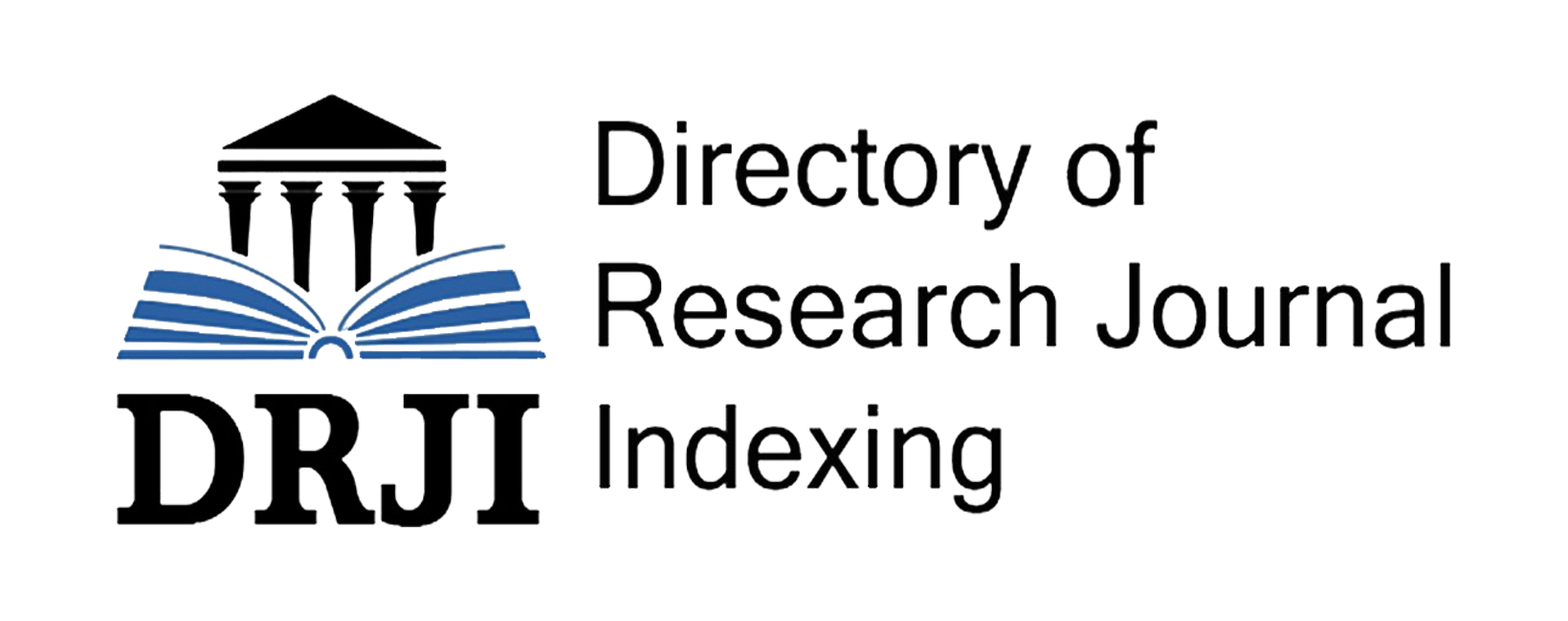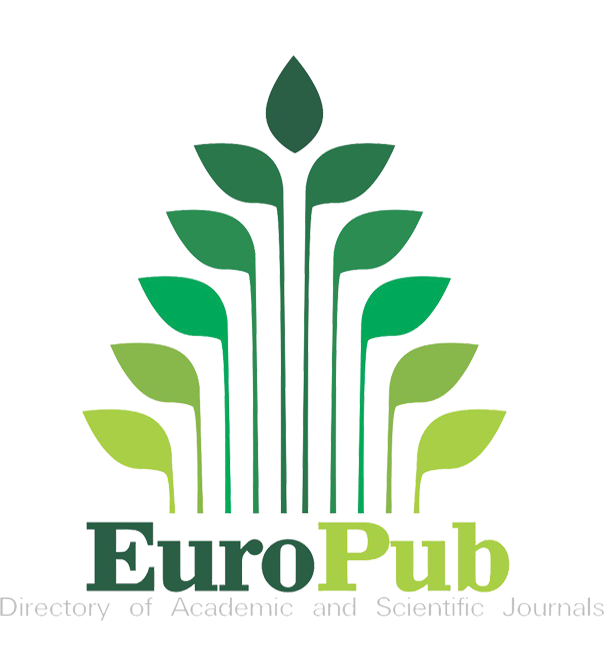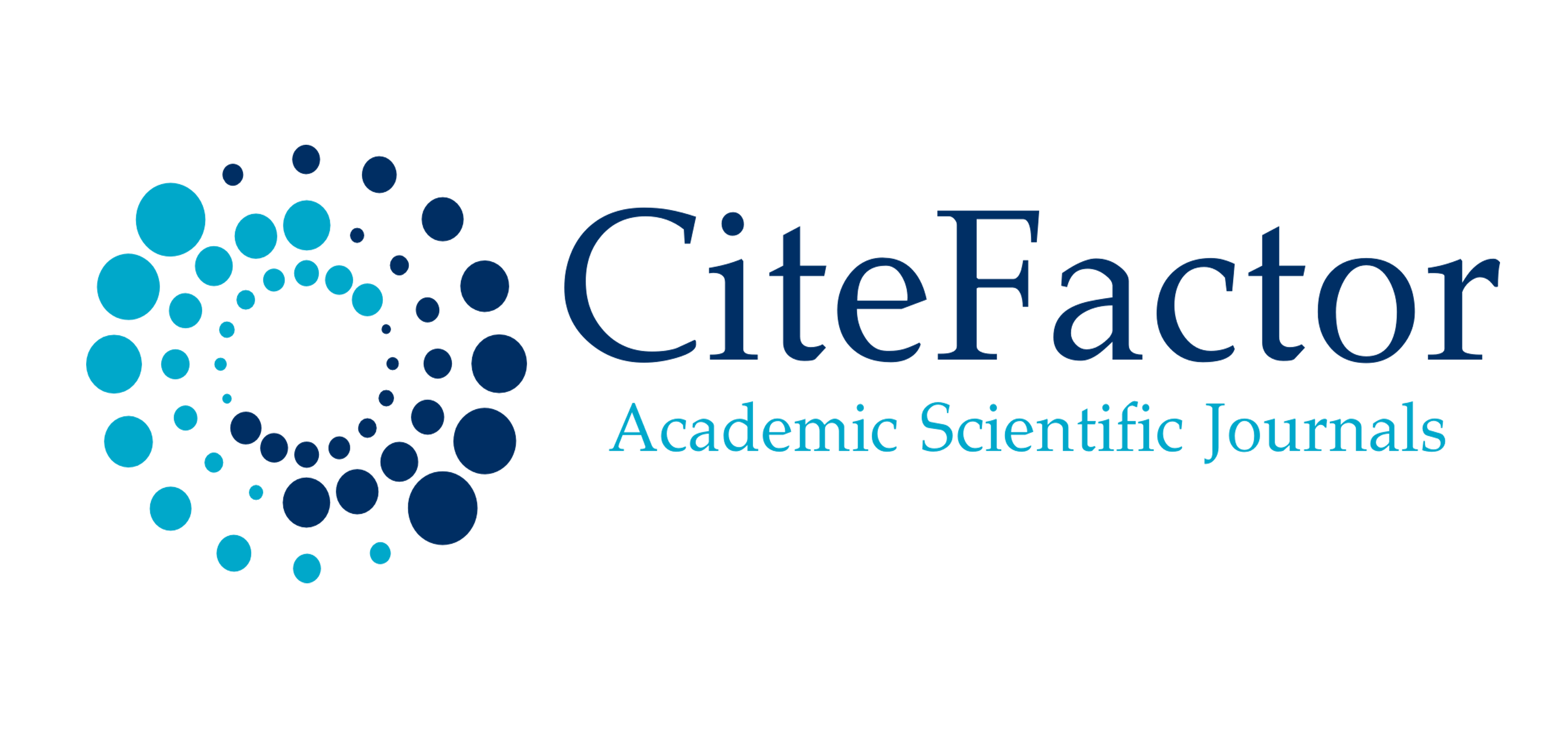THE USE OF A METHOD “TOTAL PHYSICAL RESPONSE” TO TEACH YOUNG LEARNERS
Keywords:
TPR, physical activity, a method, stress-free atmosphere, young learnersAbstract
The article studies the potential of the Total Physical Response (TPR) activities to develop young learners’ foreign language skills and knowledge. Being a language teaching method that uses movement/physical activity to teach language, TPR responds to the children’s need to be physically active, to learn by doing, and to learn language in meaningful communicative contexts and stress-free atmosphere.
References
Asher, J. (2007). TPR: After forty years, still a very good idea. Retrieved on: http://www.tpr-world.com/japan-article.html
Cameron, L. (2008). Teaching Languages to Young Learners. Cambridge: Cambridge University Press.
Diaz, L. (2005). TPR foreign language instruction and dyslexia. Retrieved from http://www.dyslexia.com/library/tprlanguage.htm.









